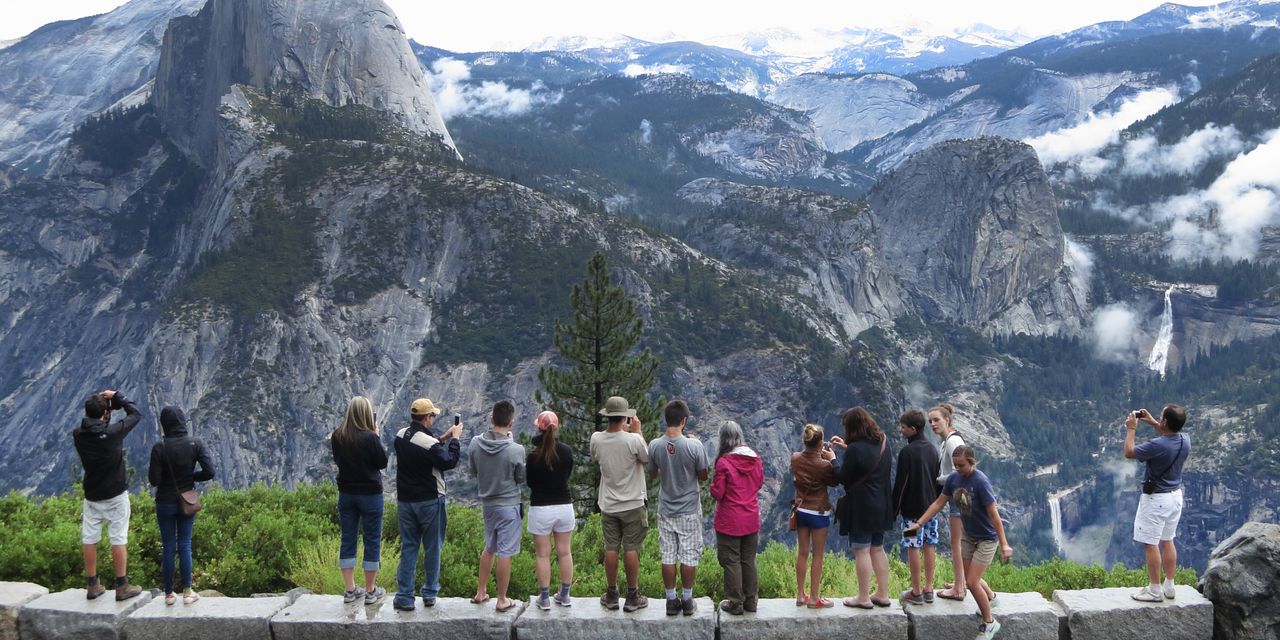Some of the world’s most famous glaciers, including those in the Yosemite and Yellowstone National Parks in the U.S., are at great risk of disappearing by 2050 due to global warming.
The most worrisome aspect of the prediction is that the demise of some glaciers, including those beloved by tourists and climbers, could come no matter the degree of temperature rise, according to a UNESCO report. That’s because Earth has already warmed considerably in the industrial era.
The United Nations cultural agency, known as UNESCO, monitors some 18,600 glaciers across 50 of its World Heritage sites. It said glaciers in one-third of those sites will disappear by 2050 even if we are able to hold global warming to a rise of 1.5 degrees Celsius, or 2.7 Fahrenheit, which is the major temperature marker set at a global conference in Paris in 2015.
Read: Rich nations are quitting their oil and gas habit too slowly, U.N. says in ’emissions gap’ report
Other famous glaciers under watch include the Dolomites in Italy, Mount Kilimanjaro in Tanzania, as well as those in Argentina’s Los Alerces National Park and at Te Wahipounamu in New Zealand.
“This report is a call to action. Only a rapid reduction in our CO2 emissions levels can save glaciers and the exceptional biodiversity that depends on them,” Audrey Azoulay, UNESCO’s Director-General, said in a statement.
Many of the 50 sites can be saved by keeping the global temperature rise below 1.5 degrees Celsius relative to pre-industrial levels, UNESCO says. But in a business-as-usual emissions scenario, about 50% of these World Heritage glaciers could almost entirely disappear by 2100.
World Heritage glaciers lose on average some 58 billion tons of ice every year and contribute to almost 5% of global observed sea-level rise. The rising and warmer seas that come with global warming are putting ocean-derived food at risk and threatening populated coastlines.
In a separate report, the U.N. has said that catching up to pledged global warming temperature limits requires a 45% emissions cut by 2030. By most accounts, that means faster adoption of electric vehicles, including those from Tesla
TSLA,
GM
GM,
Hyundai
005380,
and others, advancing technology like carbon capture and storage, and upgrading the electric grid to favor solar and wind-generated power
ICLN,
over natural gas
NG00,
and coal.
Both reports hit just a few days before government and private-sector power players converge on Sharm El-Sheikh, Egypt, for the latest U.N. gathering to keep up the pressure on cutting emissions. The event is known as the Commitment of Parties, or COP27.



